Dear Dolores Hydrangea – 1 Gallon Pot
$39.97 Original price was: $39.97.$27.98Current price is: $27.98.
SKU: D2LSC 3693455075 Categories: Hydrangeas, SHRUBS & BUSHES
- Sustainable materials, for a better tomorrow.
- Quality that lasts, prices that don't.
- Quality Products, Quality Service
- Have the best deals

Dear Dolores Hydrangea
Hydrangea macrophylla ‘Wyatt LeFever’
Plant Details
USDA Plant Cold Hardiness Zones: 5a-9b Find Your Zone
Plant Type: Deciduous Flowering Shrub
Height at Maturity: 5′
Width at Maturity: 5′
Growth Habit / Form: Bushy, Rounded, Upright
Flower Color: Blue or Pink or both and Lavender depending on soil pH
Flower Size: Large, up to 8″ in diameter
Flowering Period: Spring, Summer and Fall!
Flower Type: Single in large clusters
Fragrant Flowers: No
Foliage Color: Green
Fragrant Foliage: No
Berries: NA
Berry Color: NA
Sun Needs: Part Shade (morning sun with afternoon shade or all day filtered sun)
Water Needs: Average, low when established
Soil Type: Clay (amended), Loam, Sand (amended), Silt
Soil Moisture / Drainage: Well Drained Moist
Soil pH: 6.0 – 8.0 (Acid to Slightly Alkaline)
Maintenance / Care: Very Low
Attracts: Visual Attention
Resistances: Disease, Heat, Humidity, Insect
Description
Another beauty from the Southern Living Plant Collection, ‘Dear Dolores’ is a reblooming mophead Hydrangea that produces loads of large, snowball-shape blooms in spring and then repeats summer into fall! It is equally hardy as it is beautiful. The magnificent flowers, held on sturdy upright stems, grow up to 8 inches in diameter. Flower color is up to you. If you want blue flowers provide an acidic soil. If you want pink flowers provide an alkaline soil. When acidity is near neutral you might get pink, blue, and lavender flowers!
Dear Dolores Hydrangea is a great cultivar for garden beds or container culture. It provides great texture and color as an accent in home foundation plantings and in flowering shrub borders and perennial gardens. It is also useful in groupings or as a dramatic, colorful hedge.
Landscape & Garden Uses
Growing naturally 5 feet tall and wide in a rounded mound, Dear Dolores Hydrangea can be grown in garden beds or containers. It is ideal for use as a specimen or accent in home foundation plantings, flowering shrub borders and perennial gardens. In larger landscape spaces it is especially dramatic in small to large groupings or in straight or staggered rows as a colorful hedge.
Spacing: 4′ for solid hedges; 7′ or more for space between plants
How To Measure Total Square Feet Of A Planting Area
How Many Plants Needed To Cover A Planting Area?
Note: For our customers who live and garden north of USDA Planting Zone 5a, where this Hydrangea variety is not winter hardy outdoors, you can enjoy it in containers that can be moved indoors during winter and placed back outside when temperatures warm up in spring.
Growing Preferences
Dear Dolores Hydrangea is very easy to grow in most any moist but well-drained soil with average fertility and full sun to part shade in northern zones and part shade (morning sun with afternoon shade or filtered sun) in southern zones. For best flowering, we suggest 4 hours of direct sun light per day. As with so many other ornamental plants, a constantly soggy or wet soil is problematic. Flower color is your choice. Acidic soils will make blue flowers while a neutral to slightly alkaline soil will make pink flowers. Neutral soil is known to make blue, pink, and lavender flowers!
Note: Dear Dolores is a Hydrangea macrophylla species that produces its flowers from buds that formed on “old wood” (during the previous year). This means that even though it is tempting to cut them back in the winter, when they are only bare sticks jutting out of the ground, don’t do it. The flower buds are already formed and hidden in those bare sticks, so don’t cut them off if you want flowers.
Get tips for proper pruning time and technique in our article titled How To Prune Various Types Of Hydrangea
Helpful Articles
Click on a link below to find helpful advice from our experts on how to plant and care for mophead Hydrangeas.
How To Plant Hydrangeas In The Ground & Pots
How To Prune Various Types Of Hydrangea
How To Fertilize And Water Hydrangeas
Plant Long & Prosper!
Meet The Wilson Brothers & Staff
Questions? Contact Us !
Be the first to review “Dear Dolores Hydrangea – 1 Gallon Pot” Cancel reply
Related products
Sale!
SHRUBS & BUSHES
Sale!
SHRUBS & BUSHES
Sale!
Sale!
Sale!
Sale!
Sale!
Sale!
Hydrangeas


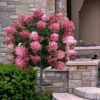
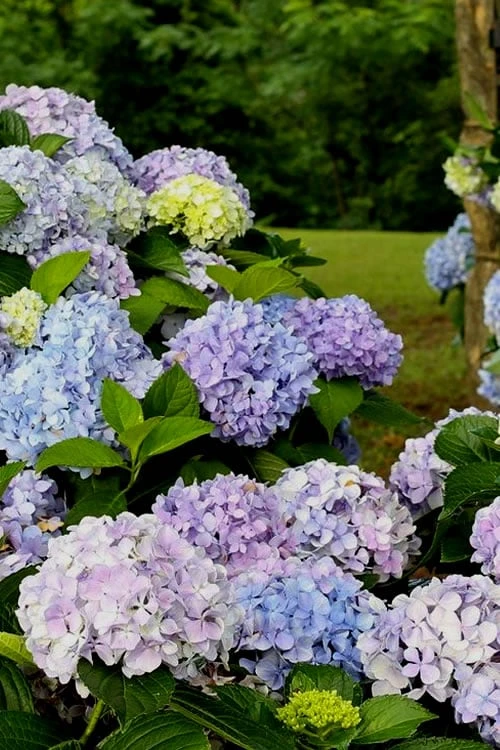
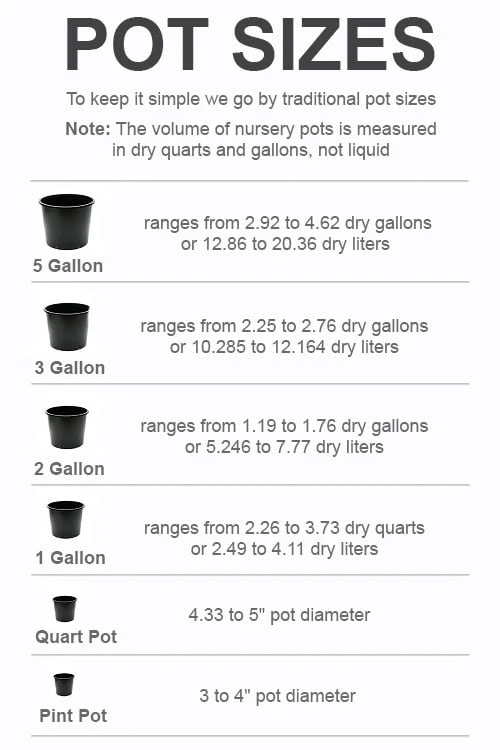


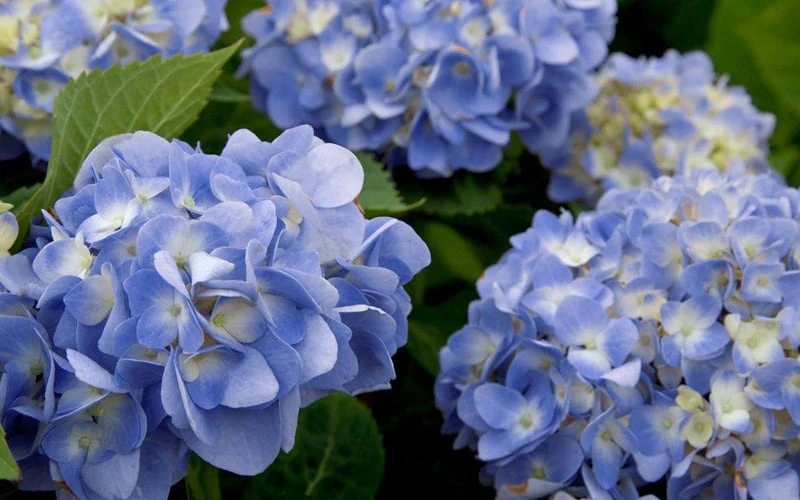




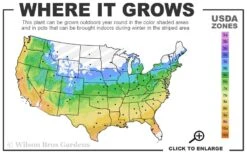




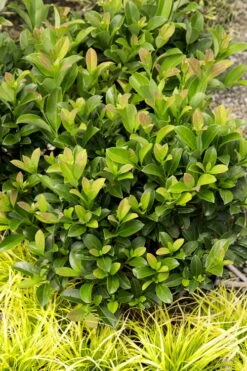
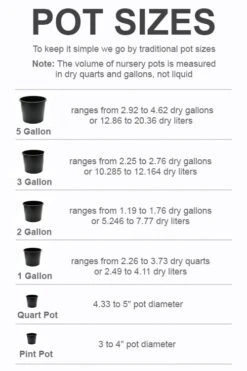
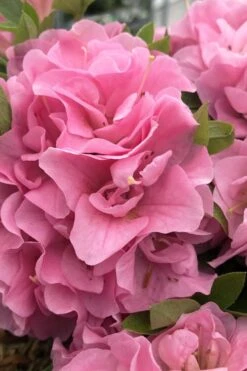

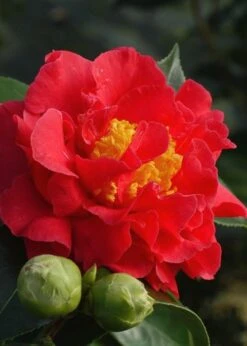

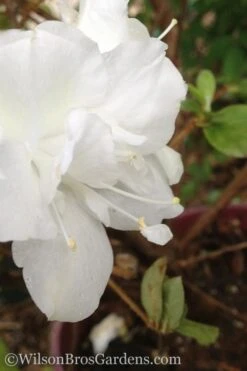


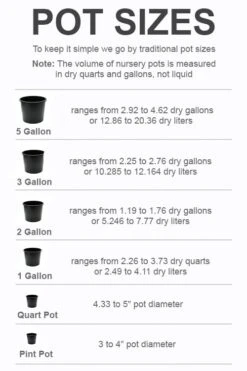

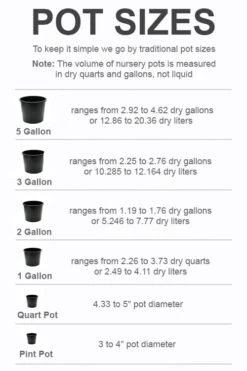

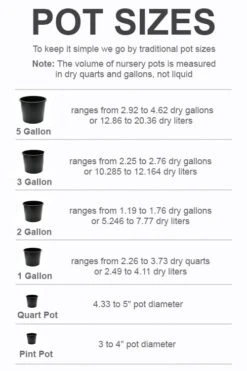


Reviews
There are no reviews yet.